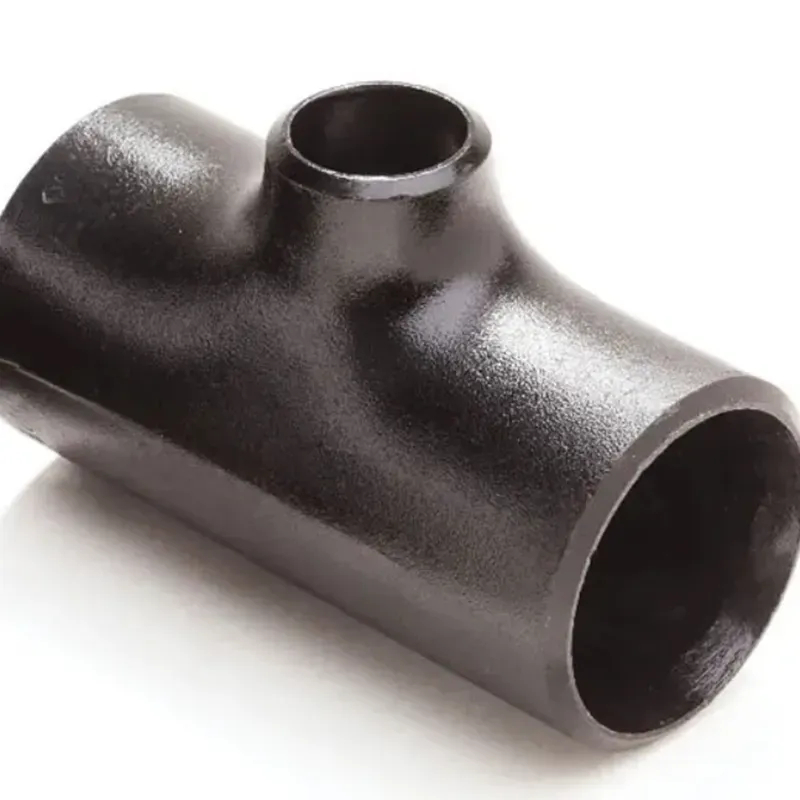-
Cangzhou Yulong Steel Co., Ltd.
-
Phone:
+86 13303177267 -
Email:
admin@ylsteelfittings.com
- English
- Arabic
- Italian
- Spanish
- Portuguese
- German
- kazakh
- Persian
- Greek
- French
- Russian
- Polish
- Thai
- Indonesian
- Vietnamese
- Zulu
- Korean
- Uzbek
- Hindi
- Serbian
- Malay
- Ukrainian
- Gujarati
- Haitian Creole
- hausa
- hawaiian
- Hebrew
- Miao
- Hungarian
- Icelandic
- igbo
- irish
- Japanese
- Javanese
- Kannada
- Khmer
- Rwandese
- Afrikaans
- Albanian
- Amharic
- Armenian
- Azerbaijani
- Basque
- Belarusian
- Bengali
- Bosnian
- Bulgarian
- Catalan
- Cebuano
- China
- China (Taiwan)
- Corsican
- Croatian
- Czech
- Danish
- Esperanto
- Estonian
- Finnish
- Frisian
- Galician
- Georgian
- Kurdish
- Kyrgyz
- Lao
- Latin
- Latvian
- Lithuanian
- Luxembourgish
- Macedonian
- Malgashi
- Malayalam
- Maltese
- Maori
- Marathi
- Mongolian
- Myanmar
- Nepali
- Norwegian
- Norwegian
- Occitan
- Pashto
- Dutch
- Punjabi
- Romanian
- Samoan
- Scottish Gaelic
- Sesotho
- Shona
- Sindhi
- Sinhala
- Slovak
- Slovenian
- Somali
- Sundanese
- Swahili
- Swedish
- Tagalog
- Tajik
- Tamil
- Tatar
- Telugu
- Turkish
- Turkmen
- Urdu
- Uighur
- Welsh
- Bantu
- Yiddish
- Yoruba

Dec . 27, 2024 06:33 Back to list
repairing galvanized pipe
Repairing Galvanized Pipe A Comprehensive Guide
Galvanized pipes, known for their zinc-coated steel construction, were widely used for plumbing systems in homes and buildings built before the 1960s. Over time, however, these pipes can corrode, leading to leaks, reduced water flow, and other plumbing issues. If you’re facing problems with galvanized pipes, understanding how to repair them can save you time and money. In this guide, we’ll discuss common problems associated with galvanized pipes, repair techniques, and tips to prevent future issues.
Common Problems with Galvanized Pipes
As galvanized pipes age, they can face several problems
1. Corrosion and Rust While galvanized pipes are designed to resist corrosion, over time the protective zinc coating can wear off, exposing the steel to moisture. This leads to rust and deterioration, which can eventually result in leaks.
2. Mineral Buildup The interior surfaces of galvanized pipes can accumulate minerals from hard water, causing a narrowing of the pipe. This buildup can reduce water pressure and flow.
3. Cracks and Leaks Due to age and corrosion, cracks can develop in the pipes, leading to leaks. These leaks can often be difficult to detect initially, resulting in water damage if not addressed quickly.
Identifying Issues
Before deciding on a repair method, it's essential to diagnose the specific problem. Look for signs of leaks or water stains on walls, ceilings, and floors. Check water pressure; if it’s low, there might be mineral buildup obstructing flow. If you notice rust-colored water, that’s a telltale sign of corrosion inside the pipes.
Repair Techniques
Once you’ve identified the issue, you can choose an appropriate repair method. Here are some common techniques for repairing galvanized pipes
1. Using Pipe Sealant For minor leaks, applying a pipe joint compound or sealant may be sufficient. Clean the area around the leak thoroughly, dry it, and apply the sealant according to the manufacturer's instructions. This method is often temporary but can give you some time before a more extensive repair is needed.
repairing galvanized pipe

2. Replacing Sections If the corrosion is localized to a specific area, consider cutting out the damaged section and replacing it with a new piece of readily available piping. PVC or copper pipes can be used as replacements. Be sure to use appropriate connections and fittings to ensure a tight seal.
3. Using a Pipe Sleeve For small leaks, a pipe sleeve or repair clamp can be effective. This is a metal clasp that can be placed around the damaged section of the pipe and tightened to stop the leak. This method works well for pinhole leaks and minor wall cracks.
4. Total Replacement If the galvanized piping system is extensively damaged or corroded throughout, it might be worth considering a complete replacement of the system. While this involves more labor and expense, it can be a long-term solution to avoid future plumbing problems.
Preventing Future Issues
To help prevent future problems with galvanized pipes, consider the following tips
1. Regular Inspections Periodically inspect your plumbing system for signs of wear or leaks. Early detection can save you significant repair costs.
2. Water Quality Consider installing a water softener if you have hard water. This can help reduce mineral buildup in your pipes.
3. Professional Assistance If you’re unsure about the condition of your pipes or how best to proceed with repairs, consult a licensed plumber. They can provide expertise and guidance to ensure the job is done correctly.
4. Upgrade Options If you frequently encounter issues with galvanized pipes, it may be worth upgrading to modern materials such as PEX or copper, which offer greater resistance to corrosion and mineral buildup.
Conclusion
Repairing galvanized pipes can seem like a daunting task, but with the right approach and techniques, you can effectively address common plumbing issues. Whether you choose to seal minor leaks or replace entire sections, being proactive about maintenance will extend the life of your plumbing system and help prevent costly repairs in the future. Always consider consulting a professional when in doubt, and make informed decisions about upgrading your plumbing to ensure a reliable and efficient water supply.
Latest news
-
ANSI 150P SS304 SO FLANGE
NewsFeb.14,2025
-
ASTM A333GR6 STEEL PIPE
NewsJan.20,2025
-
ANSI B16.5 WELDING NECK FLANGE
NewsJan.15,2026
-
ANSI B16.5 SLIP-ON FLANGE
NewsApr.19,2024
-
SABS 1123 FLANGE
NewsJan.15,2025
-
DIN86044 PLATE FLANGE
NewsApr.19,2024
-
DIN2527 BLIND FLANGE
NewsApr.12,2024
-
JIS B2311 Butt-Welding Fittings LR/SR 45°/90° /180°Seamless/Weld
NewsApr.23,2024











